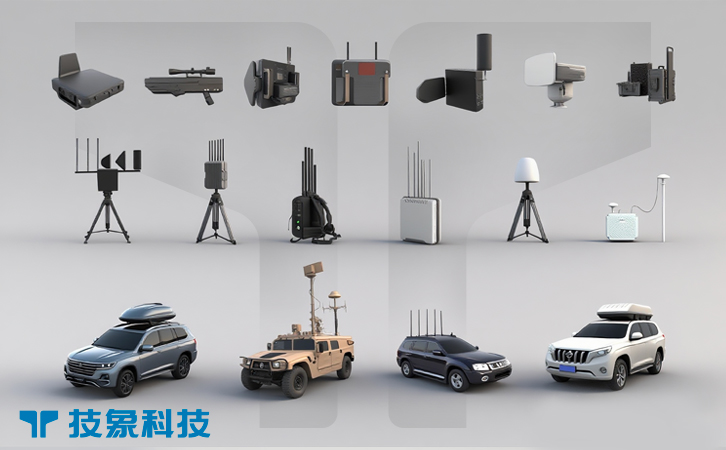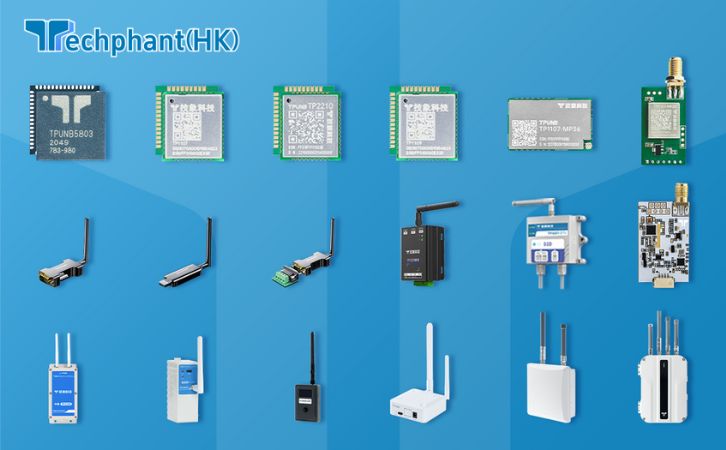The drone proliferation in 2025, with over 6 million unmanned aerial vehicles (UAVs) in global use, has made perimeter security a priority, as rogue drones breach fences for surveillance, smuggling, or sabotage at critical sites. Counter-drone fence systems, which integrate sensors, jammers, and barriers into physical fences, provide a fortified perimeter defense, detecting and neutralizing UAVs attempting to overfly or land. These systems embed radar, RF detectors, and cameras into fence structures, offering continuous monitoring and response for prisons, airports, or military installations. Unlike standalone sensors or mobile units, fence-integrated systems combine physical deterrence with active countermeasures, creating a multi-layered barrier. This article explores the perimeter drone threat, the mechanics of fence systems, their real-world applications, and the challenges and future potential of this fortified counter-UAV technology.
I. The Perimeter Drone Threat and Need for Fence Systems
Rogue drones increasingly target perimeters, flying over fences to deliver payloads or spy, with incidents like prison smuggling or airport breaches rising 40% in 2024, causing security lapses and economic damage. In military contexts, drones breach base fences for reconnaissance, as in Ukraine, while civilian risks include intrusions at power plants or events, exploiting low-altitude flights to avoid ground defenses.
Traditional fences offer passive protection, easily overflown, while separate sensors require separate installation. Counter-drone fence systems solve this by embedding active defenses into barriers, providing integrated detection and disruption. Their role is essential for high-value sites, as seen in 2025 U.S. prison upgrades where fences neutralized smuggling drones. The DEFENSE Act, enacted in September 2025, supports integrated perimeters for civilian infrastructure, emphasizing fence systems’ importance in countering the low-level, persistent nature of drone threats through fortified, smart barriers.
II. Mechanics of Counter-Drone Fence Systems
Counter-drone fence systems incorporate sensors and effectors into fence panels or posts, creating a smart barrier. Radar modules detect motion over the fence, RF sensors scan for control signals, and optical/IR cameras provide visual confirmation, all fused by AI for threat analysis. Systems like those from SpotterRF integrate these with jammers or alarms, covering lengths up to kilometers.
The mechanics involve power from solar or grid sources, continuous scanning, and AI-driven responses—alerting operators or activating jammers to disrupt drones. For example, upon detection, the system can spoof GPS to redirect UAVs or trigger lights/sirens. Advantages include seamless integration with existing fences, 24/7 operation, and cost-effectiveness ($50,000 per km). Limitations include vulnerability to ground-based tampering and reduced effectiveness in heavy foliage. In 2025, advancements in wireless sensor networks and AI edge processing have enhanced reliability, making fence systems a key component of perimeter C-UAS strategies.
III. Applications and Real-World Deployments
Counter-drone fence systems are deployed at fixed perimeters, offering integrated protection against drone threats. In civilian applications, prisons like those in the UK use smart fences to detect and jam smuggling drones, reducing contraband by 50% since 2024. Airports integrate systems into boundary fences to prevent runway intrusions, as in 2025 European trials alerting security to low-flying UAVs.
In military applications, bases employ fence systems for outer perimeter defense. The U.S. Army’s 2025 deployments in the Middle East featured integrated fences neutralizing reconnaissance drones with embedded jammers. Border walls, like sections of the U.S.-Mexico barrier, use these for anti-smuggling, capturing UAVs for analysis. The Counter UAS Technology USA Conference in December 2025 showcased these, emphasizing modular fence panels for layered defense. Success depends on site terrain and maintenance, but their embedded nature makes them indispensable for perimeter fortification.
IV. Challenges and Future Prospects
Counter-drone fence systems face installation, environmental, and scalability challenges. High setup costs ($50,000 per km) and labor for integration limit adoption, while weather like storms can damage exposed sensors. Urban or forested areas reduce sensor range due to clutter.
Regulatory hurdles include FCC restrictions on embedded jammers, though the September 2025 DEFENSE Act eases for critical infrastructure. Ethical concerns involve privacy from fence-mounted cameras, requiring data limits under ITU guidelines. Future prospects are positive, with 2025 innovations in self-healing sensors and AI for predictive alerts. By 2030, the counter-UAS market grows, with fence systems leading for perimeters. Policy support ensures ethical use, positioning these systems as a foundation of fortified security.
Conclusion
Counter-drone fence systems deliver integrated perimeter protection, embedding sensors and countermeasures to counter rogue UAVs in 2025’s boundary threats. Their fused detection makes them ideal for prisons, airports, and bases, complementing mobile C-UAS tools. Despite challenges like costs and weather, real-world successes and emerging innovations highlight their value. As threats breach boundaries, fence systems—supported by reforms—will remain vital in layered defenses. By overcoming hurdles, stakeholders can fortify sites with this technology, ensuring robust security in a drone-infiltrated world.



